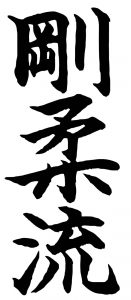
Goju Ryu is comprised of three kanji: Go 剛 (hard/strong), Ju 柔 (soft), and Ryu 流 (style).
It includes “hard” techniques to overpower an opponent and “soft” techniques to divert and diffuse stronger attacks. At an advanced level, Goju Ryu Karate Do can be very fluid but switch rapidly to devastating attacks and counter-attacks. It is known for development of core strength and incorporates both low stances, jumping evasion, strikes, kicks, throws and holds.
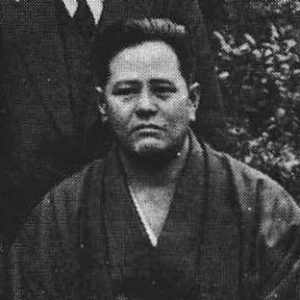
Goju Ryu was founded by Miyagi Chojun (1888-1853), an innovator in Okinawan martial arts at the time. Miyagi sensei was part of a prominent group of practitioners referred to as The Revivers, who were known for their efforts to continue the development of Okinawan Karate.

Miyagi sensei’s primary teacher was Higashionna Kanryo (1853-1915/17). Higashionna sensei taught a small group of students who would go on to become great teachers in their own right; Kyoda Jiuhatsu (1887-1968) of To’on Ryu, and Higa Seiko (1898-1966), who would adopt Miyagi sensei as his teacher after Higaonna’s passing.
Those who developed Goju Ryu borrowed heavily from White Crane Kung Fu and Monk Fist Boxing in the late 1800s and many of the system’s forms (kata) originated from these styles.

Miyagi sensei’s death was unexpected and he never had named a successor, although many have attempted to claim the title. This point of contention, while unfortunate, has reinforced his active students’ efforts to develop and promote his legacy. Today, we have many successful Goju Ryu organizations and branches with skilled teachers as a result.
Yagi Meitoku (1912-2003), one of Miyagi sensei’s senior students, went on to form the Meibukan branch of Goju Ryu. He began training with Miyagi sensei in 1925 and was awarded the Fourth Order of Merit from the late Emperor Hirohito in 1986.[1] After Miyagi sensei’s death in 1953, his family awarded his belt and uniform to Yagi Meitoku, as they felt he would have been the student their father would have wanted to carry on the system.[2] The legendary Gogen Yamaguchi (1909-1989), founder of the International Karate Do Goju Kai association, considered Yagi sensei the senior-most authority as well and regularly visited him in Okinawa.[3]
The Meibukan dojo was known for rigorous training and Yagi sensei was an innovator in his own right. He spent decades developing five kata as his contribution to the system. As he was quite thorough, he introduced them into his curriculum very late in life and after extensive review of their efficacy. He also introduced a number of two-person kumite exercises which are still practiced regularly to this day.
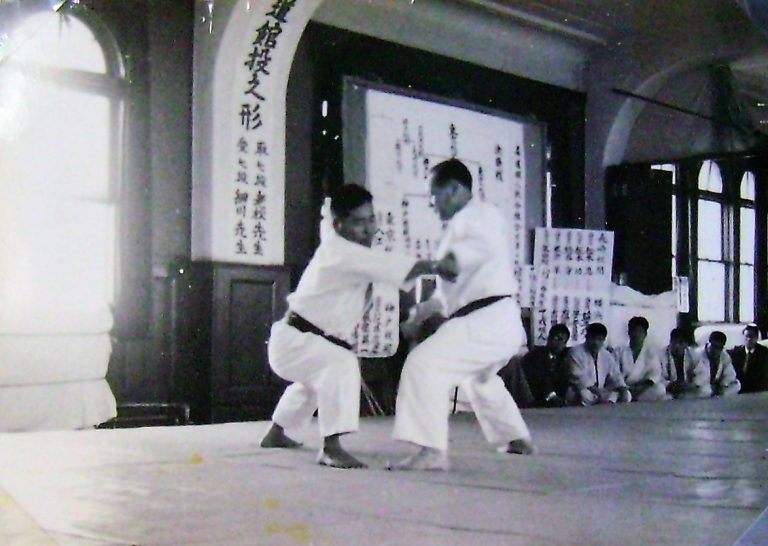
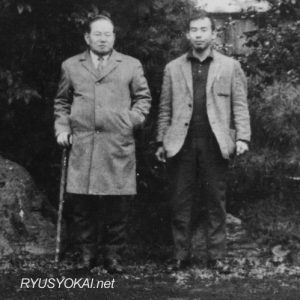
Senaha Shigetoshi (1941-Present), became a pupil of Yagi Meitoku sensei’s in 1958 while in high school.[1] Senaha sensei served in numerous roles as a senior member of the Meibukan, including as
Senaha Shigetoshi (1941-Present), became a pupil of Yagi Meitoku sensei’s in 1958 while in high school.[1] Senaha sensei served in numerous roles as a senior member of the Meibukan, including as a technical advisor to the mainland Japanese Goju Kai organization (run by the legendary Gogen Yamaguchi), [2] Director of the All-Okinawan Karate-Do Association (1967), Vice-President (1969) and later President (1987) of the Okinawa Karate-do Gojyu-Kai, President of the Okinawa Goju-Ryu Meibu-Kai (1985-1993), and President of the Tomishiro Bujutsu Kyokai (1995).[3] In 1974, Senaha Sensei established his own Meibukan branch dojo in Tomigusuku and in 1999, he announced the formation of the Ryusyokai organization.
In 1974, Senaha Sensei established his own Meibukan branch dojo in Tomigusuku and in 1999, he announced the formation of the Ryusyokai organization.
[1] Scott Butler, Ryusyokai – Where Did Our System Come From? (published newsletter, 2009).
[2] Ibid.
[3] https://ryusyokai.org/bio_senaha.htm
a technical advisor to the mainland Japanese Goju Kai organization (run by the legendary Gogen Yamaguchi), [2] Director of the All-Okinawan Karate-Do Association (1967), Vice-President (1969) and later President (1987) of the Okinawa Karate-do Gojyu-Kai, President of the Okinawa Goju-Ryu Meibu-Kai (1985-1993), and President of the Tomishiro Bujutsu Kyokai (1995).[3] In 1974, Senaha Sensei established his own Meibukan branch dojo in Tomigusuku and in 1999, he announced the formation of the Ryusyokai organization.
In 1974, Senaha Sensei established his own Meibukan branch dojo in Tomigusuku and in 1999, he announced the formation of the Ryusyokai organization.
[1] Scott Butler, Ryusyokai – Where Did Our System Come From? (published newsletter, 2009).
[2] Ibid.
[3] https://ryusyokai.org/bio_senaha.htm
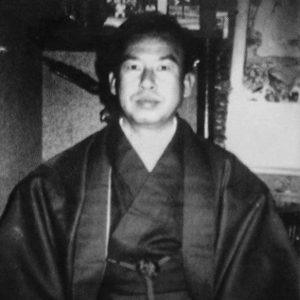
Goju Ryu is one of the most important and widely-practiced forms of Okinawan Karate-Do. Along with Uechi Ryu, Shorin Ryu and other systems, its reach is worldwide and its practitioners have reaped the benefits of these international friendships and training opportunities, deepening their knowledge and continuing the evolution of the system.
